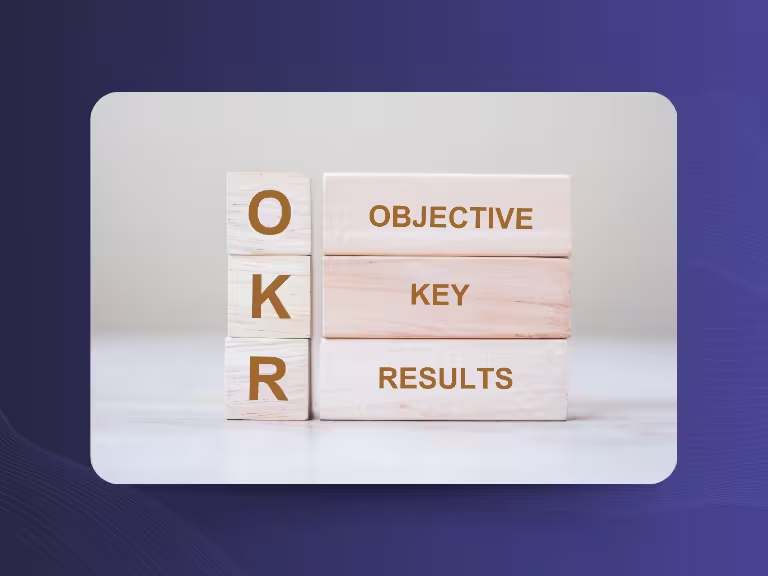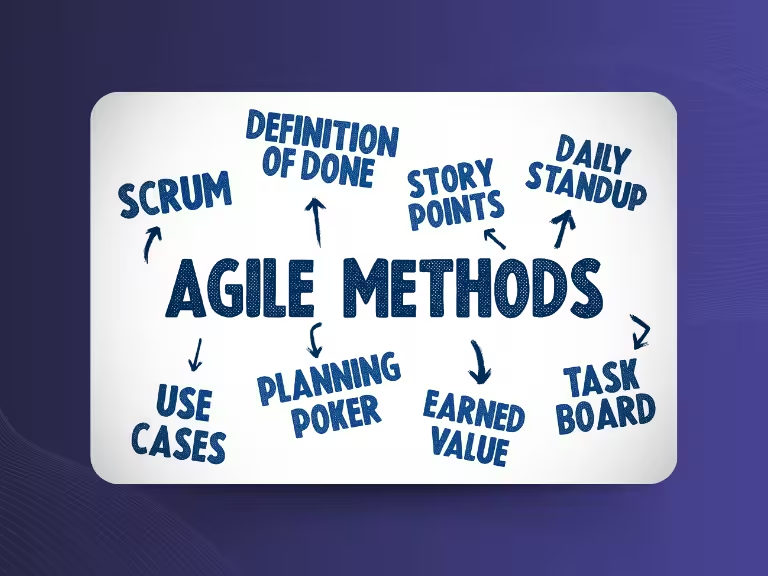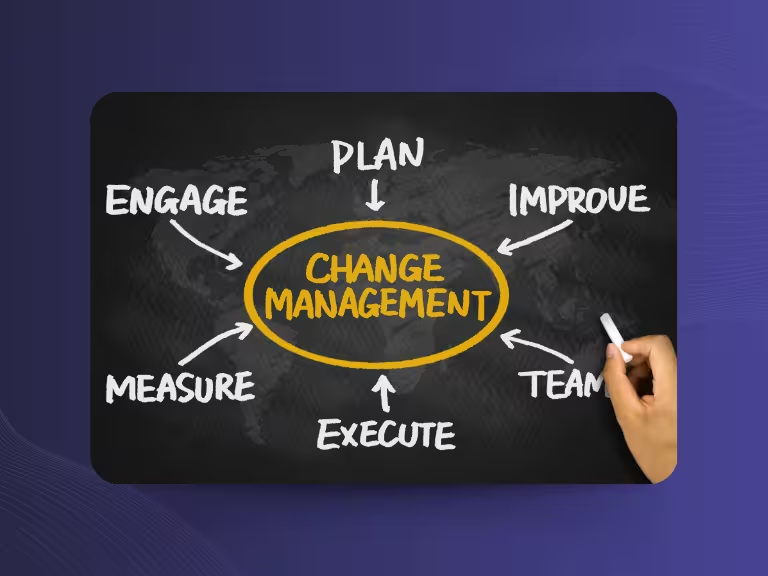Introduction: Why Conversation Analysis Tools Are Essential Today
In an increasingly digital and data-driven working world, conversation analysis tools have become an indispensable instrument. They enable companies not only to understand communication but also to optimize it systematically. From quality control in customer service to analyzing sales conversations and targeted coaching – the areas of application are diverse and continuously growing.
This technological development is no coincidence: the global market for conversation analysis software is growing at impressive annual rates of 15-20 percent. Companies increasingly recognize the value embedded in their daily conversations – whether in the form of customer feedback, sales potential, or improvement opportunities in internal communication.
In this article, you'll learn how modern conversation analysis tools work, what role artificial intelligence plays, and what to consider when making your selection. We'll place special emphasis on practical use cases, privacy aspects, and the exciting developments that await us in the future.
Overview of Conversation Analysis Tools – Functions and Types Compared
What Are Conversation Analysis Tools?
Conversation analysis tools are specialized software solutions that automatically capture, transcribe, and analyze spoken communication. Their main goal is to extract valuable insights from audio or video recordings and improve communication.
These tools can be fundamentally divided into two categories: Simple transcription software primarily converts speech to text, while AI-powered analysis platforms go far beyond this. They recognize emotions, identify conversation patterns, and provide concrete action recommendations.
The difference lies in the details: While a basic tool provides you with a text version of your meeting, intelligent conversation analysis software can tell you which topics dominated, how the mood progressed, and what action items emerged.
Important Functions of Modern Software Solutions
Modern conversation analysis tools offer a broad spectrum of functions that go far beyond simple speech recognition. Automatic transcription forms only the foundation for advanced analyses.
Sentiment and emotion recognition are among the most advanced features. These technologies can capture and evaluate the emotional tone of conversations, determining whether a customer is satisfied or frustrated. For sales teams, this means recognizing potential objections early and responding accordingly.
The identification of conversation trends and key topics helps recognize recurring patterns. For example, if similar complaints appear in multiple customer conversations, management can quickly implement appropriate measures.
Real-time feedback and coaching support represent the future of conversation analysis. These systems can provide hints during ongoing conversations – such as when a salesperson is speaking too quickly or hasn't asked important questions.
Integration interfaces and connectivity options shouldn't be underestimated. The best tools integrate seamlessly into existing CRM systems, project management tools, or learning management systems, allowing gained insights to flow directly into daily work.
Example Tools and Their Special Features
The conversation analysis tools market is shaped by various providers, each setting different priorities. Gong has established itself as a leading platform for sales teams and offers comprehensive analyses of sales conversations. Chorus.ai, now part of ZoomInfo, also focuses on sales and stands out through detailed conversation evaluations.
CallMiner positions itself as a complete solution for companies of various sizes and offers both real-time and post-call analyses. These tools are particularly established in North American markets, but raise questions regarding data protection compliance in Europe.
This highlights the importance of GDPR-compliant solutions like Sally, an AI meeting assistant developed specifically for the European market. Sally combines meeting transcription with intelligent analysis functions and integrates seamlessly into over 8,000 platforms. The decisive advantage lies in complete data protection compliance – an aspect that shouldn't be underestimated when selecting tools.
Artificial Intelligence and New Technologies in Conversation Analysis
NLP and Machine Learning as the Core
Natural Language Processing (NLP) forms the technical foundation of modern conversation analysis tools. This technology enables computers not only to understand human language but also to interpret and analyze it. In the context of conversation analysis, this means that systems go beyond simple word recognition and can capture meanings, intentions, and emotions.
Machine learning significantly extends these capabilities. Algorithms learn from large datasets and continuously improve their ability to recognize patterns. In practice, this means that a system becomes better at identifying relevant trends and making more precise predictions with each analyzed conversation.
Particularly impressive are the advances in intent detection and emotion recognition. These AI features can recognize whether a customer is ready to buy, has complaints, or needs additional information. For companies, this opens up completely new possibilities for proactive customer service and targeted conversation management.
Future Trends in Conversation Analytics
The future of conversation analysis will be shaped by multimodal analyses. Current developments show that combining audio, video, text, as well as gestures and facial expressions leads to significantly more precise analysis results. This holistic approach enables the capture and interpretation of non-verbal communication signals.
Real-time feedback systems are on the verge of breakthrough. These technologies can provide immediate optimization suggestions during ongoing conversations – such as improving tone, speaking speed, or argumentation structure. For sales teams and customer advisors, this means revolutionary support in critical conversation situations.
Adaptive and individualized AI models are increasingly being developed for specific industries. A system for the financial industry learns different conversation patterns than one for the healthcare sector. This specialization leads to significantly more precise analyses and more relevant action recommendations.
Enhanced visualization and storytelling elements for better data interpretation are gaining importance. Complex analysis results become more understandable and practically usable for users through intuitive dashboards and visual representations.
Practical Use of Conversation Analysis Tools – Use Cases and Benefits
Areas of Application in Companies
In call centers and customer service, conversation analysis tools are revolutionizing quality control. Instead of manually evaluating individual conversations on a sample basis, companies can now systematically analyze all customer interactions. This leads to a significantly more objective assessment of service quality and enables targeted improvement measures.
In sales and marketing, completely new perspectives open up. The analysis of sales conversations reveals successful conversation patterns and identifies areas for improvement. Salespeople can learn which arguments are particularly effective with certain customer types and how to best handle objections.
In HR, coaching, and training, conversation analysis tools are increasingly used for developing communication skills. Employees receive objective feedback on their conversation management competencies and can work specifically on weaknesses.
In research and social interaction analysis, these tools offer new possibilities for scientific conversation analysis. Researchers can systematically evaluate large amounts of conversation data and identify previously undiscovered communication patterns.
Success Factors and User Experiences
User-friendliness and adaptability prove to be decisive success factors. Tools that are complicated to use or cannot be adapted to specific company requirements are often not sustainably utilized. Successful implementations are characterized by intuitive operation and flexible configuration options.
Integration into existing work processes and systems is another critical point. When conversation analysis tools must be used in isolation, user acceptance decreases significantly. Successful solutions like Sally show how important seamless integrations into CRM systems and project management tools are.
Experience reports show that the biggest challenges are often not technical in nature. Rather, the difficulty lies in changing established working methods and training employees. Best practices therefore always include comprehensive training and gradual introduction.
Implementation recommendations emphasize the importance of clear communication about goals and benefits. Employees must understand that conversation analysis tools are meant to support, not monitor them. Transparency and user involvement from the beginning are crucial for success.
Important Aspects in Selection – Privacy, Ethics, and Integration Capability
Data Protection Requirements for Conversation Analysis Tools
The processing of conversation data is subject to strict legal requirements. The GDPR in Europe and the CCPA in California set high standards for handling personal data. Companies must ensure that their conversation analysis tools fully comply with these requirements.
Central measures include data anonymization, secure data processing, and transparent user information. All conversation partners must be informed about recording and analysis and must consent to it. Data processing must take place on European servers to ensure GDPR compliance.
Sally demonstrates as an example what privacy-friendly solutions can look like. The platform processes all data within the EU, offers comprehensive anonymization options, and provides transparent privacy policies. This compliance orientation is increasingly becoming a crucial differentiating factor.
Ethical Considerations
The responsible use of conversation analysis tools requires special attention, particularly in sensitive areas like coaching or medical consultation. The danger of misinterpretation and excessive monitoring must be considered.
Ethical data culture means that analysis tools are used for support and improvement, not for control or punishment. Employees must be able to trust that their conversations are evaluated fairly and constructively.
The importance of ethical data culture also shows in the type of data use. Insights should be used for individual development and team improvement, not for punitive measures.
Integration and Interoperability as Purchase Criteria
Connection to existing systems like CRM platforms, learning management systems, and collaboration tools is a decisive success factor. Companies need seamless workflows where conversation insights automatically flow into relevant systems.
APIs, automation, and workflow optimization enable avoiding manual transfers and increasing efficiency. For example, when a sales conversation is analyzed, the insights should automatically be noted in the customer's CRM system.
Future-proof implementation through modular software architecture ensures that the system can grow with the company. Flexibility in configuration and expansion possibilities are therefore important selection criteria.
Summary and Outlook: How to Find the Right Conversation Analysis Tool for You
Selecting the right conversation analysis tool requires careful consideration of various factors. Functions, data protection, and integration capability must optimally match the planned use case. A tool suitable for a call center may not meet the requirements of a sales team or coaching company.
The use of AI technologies offers significant advantages through automation, deeper insights, and practical support in daily work. Companies that smartly deploy these technologies can systematically improve their communication and achieve competitive advantages.
User experience plays a central role in sustainable success. Regular feedback and comprehensive training ensure that tools not only function technically but are also practically used. The best algorithm doesn't help if users don't understand or accept it.
Looking to the future shows exciting developments: multimodal analyses, real-time assistance, and individualized AI models will unlock new potential. These technologies will evolve conversation analysis from a downstream evaluation tool to a proactive assistant in communication.
Solutions like Sally already show today how innovative, privacy-compliant tools can support teams in making their meetings and conversations more efficient. The combination of intelligent analysis and seamless integration makes such platforms valuable partners for modern companies.
Investment in conversation analysis tools is an investment in the future of communication. Companies that set the course now will benefit from continuous improvements in their conversation culture and the resulting business success.

Test Meeting Transcription now!
We'll help you set everything up - just contact us via the form.
Test NowOr: Arrange a Demo Appointment




